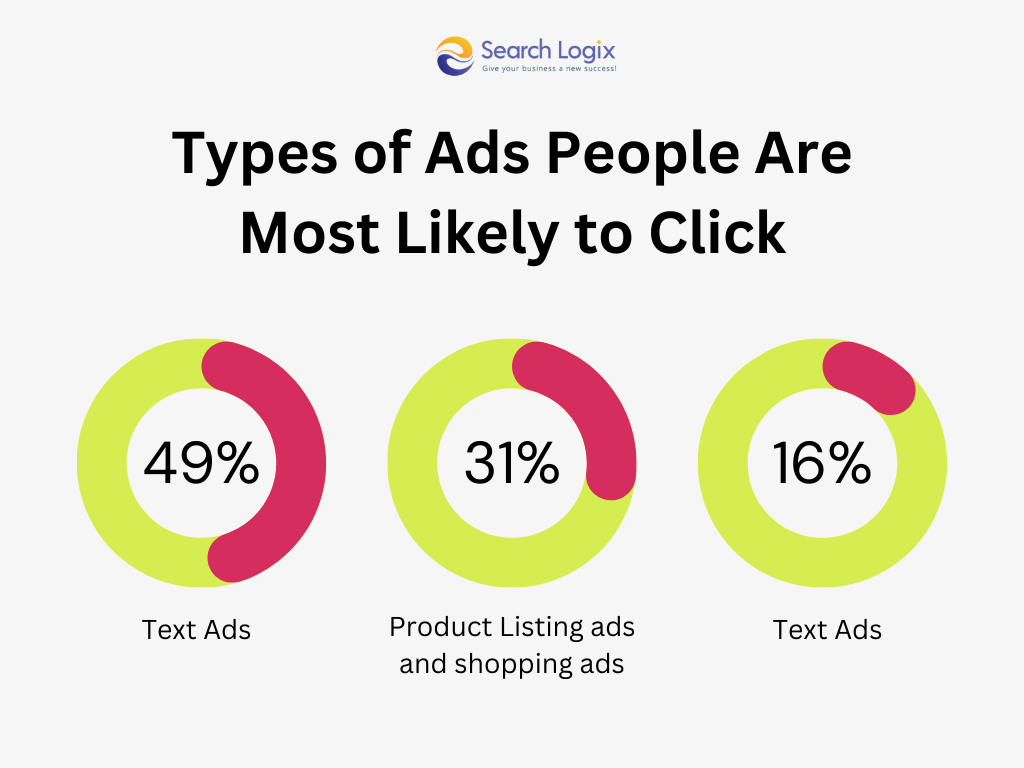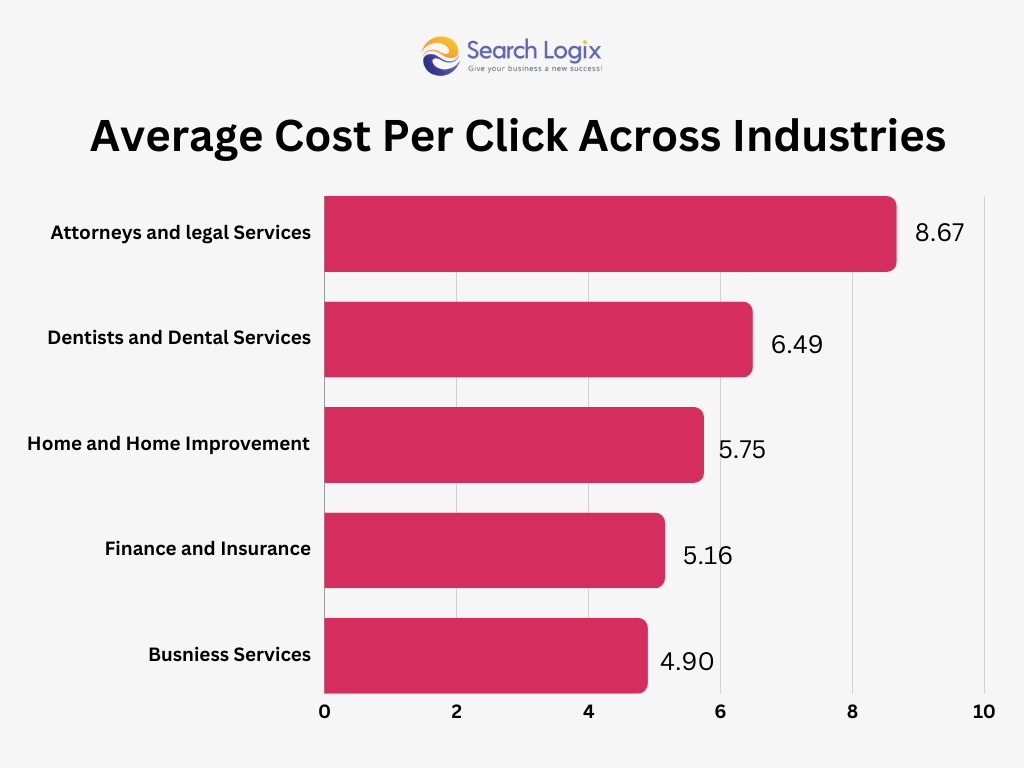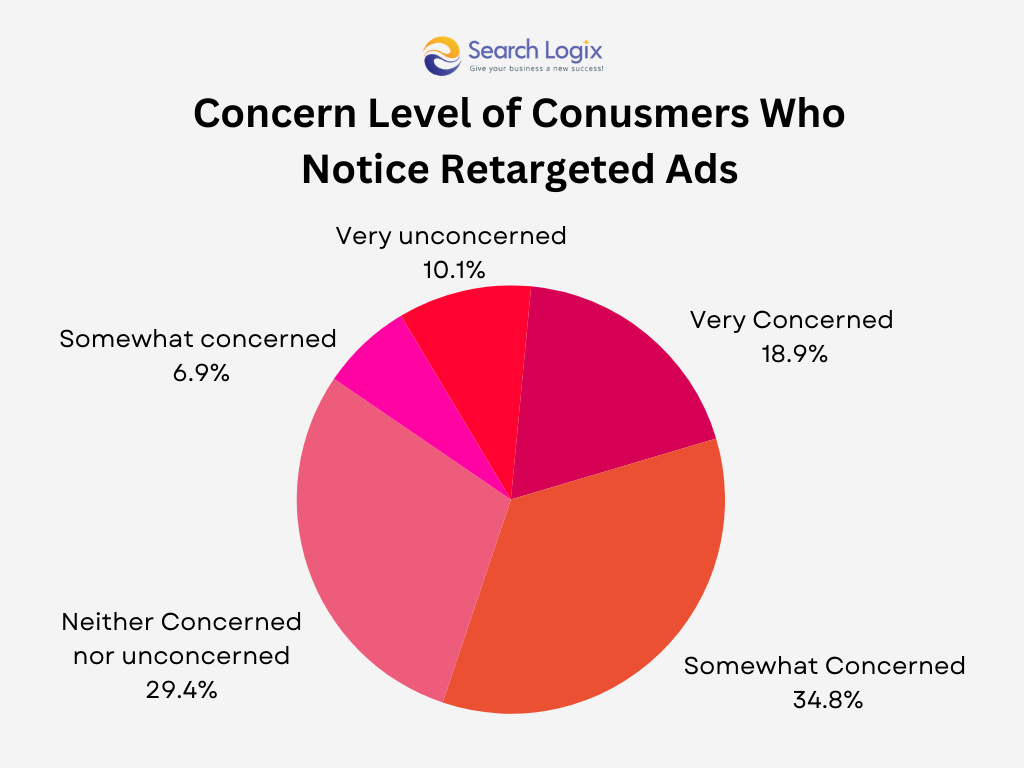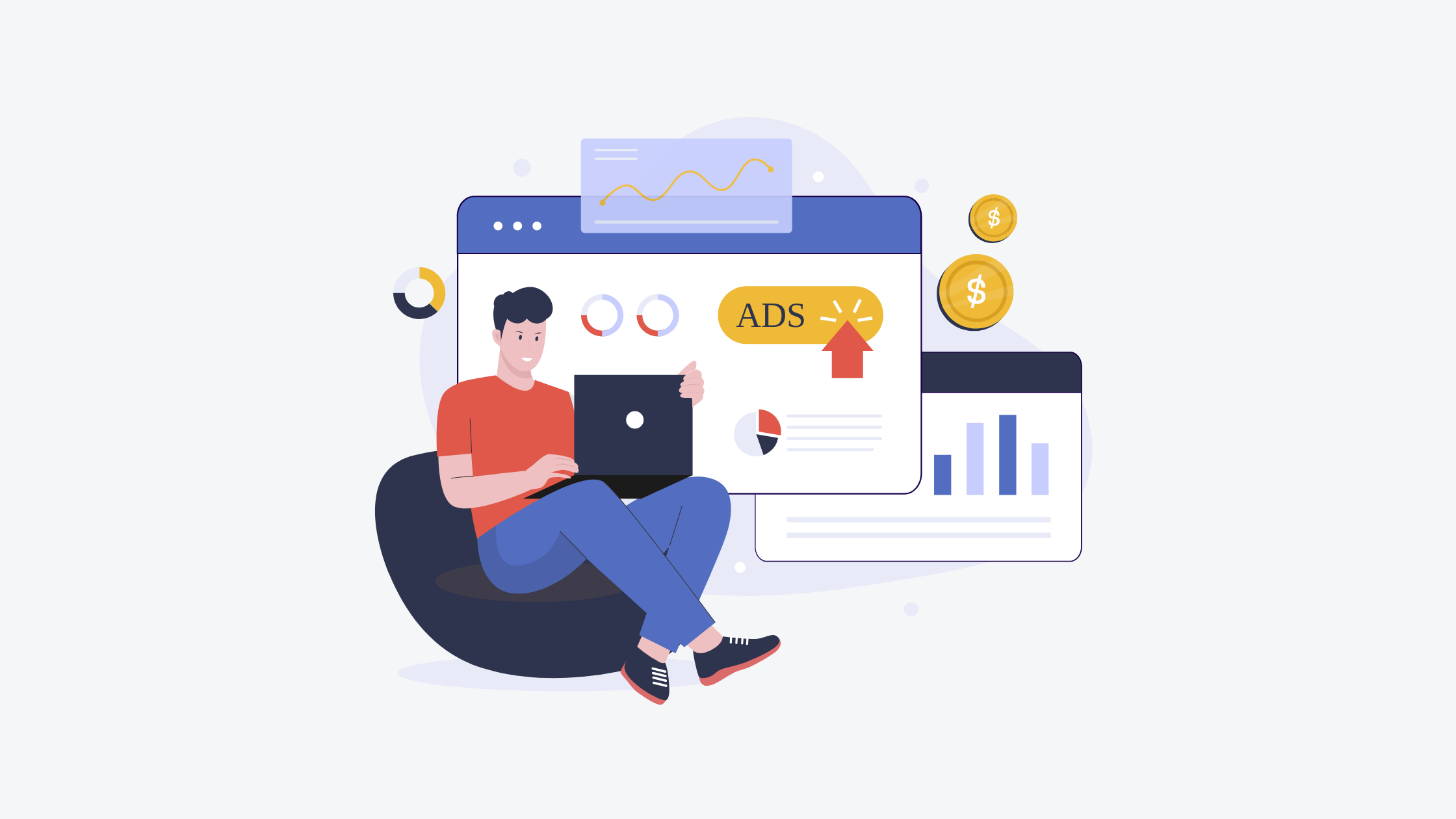A-Z Guide for Win-Win PPC Advertising Strategies
A Pay-Per-Click, or PPC campaign, has emerged as an effective medium through which businesses of all sizes can promptly and efficiently reach their targeted audience in today’s fast-paced world of digital advertising.
However, just setting up ads and waiting for the clicks is certainly not enough to run a good PPC campaign. It requires strategic planning, continuous optimization, and a focus on producing a win-win situation for both your business and your audience.
From compelling ad copy to optimizing your landing pages, targeting techniques, and even analytics interpretation, we’re going to walk through the most effective PPC advertising strategies.
Whether you are a newcomer to PPC or you want to optimize your existing campaigns, this guide has everything you need to know to develop a high-performance, user-focused PPC strategy that generates results.
Benefits of Choosing PPC Advertising
While organic marketing efforts take time before it builds up to a following, PPC offers brands an opportunity to appear clearly in search results or on social media immediately; hence, it is one of the effective ways to generate instant visibility and traffic.
Some of the main reasons why PPC is all that important in digital marketing include:
1. Immediate traffic and ROI
PPC means immediate organic traffic and leads, especially for the launch of a product, special promotion, or time-bound campaign. Quick return on ad investments are guaranteed with an optimized campaign.
2. Targeted advertising
Through PPC, marketers can target users who fit certain demographics, interests, locations, and behaviors. Advanced targeting ensures that ads are served to people who are likely to be interested in the product or service, thus maximizing the efficiency of the marketing spend.

3. Measurable performance
Under a PPC campaign, anything related to the campaign can be measurable and understood, from the impressions as well as clicks through to conversions as well as cost per acquisition. This ensures transparency and determines the ROI for companies, which helps them make the right decisions for further optimization and fine-tuning of the campaigns.
4. Enhanced brand visibility
Ad placements secured through PPC means businesses will enjoy enhanced brand visibility and stay ahead of their competition in crowded markets. Even if it doesn’t prompt users to click on the ad, frequent appearances work to build brand awareness – especially for a new brand or product.
5. Control over budget and spend
There is absolute control of budget, bid, and scheduling directly under PPC platforms. Companies may begin with a small investment and scale up according to positive results. Thus, PPC ads are applicable for companies of all sizes.
6. PPC complements SEO
Where SEO can give long-term visibility, PPC can provide quick traffic and conversion. And hence, it compliments SEO for the long term by boosting search visibility. This balance provides a steady stream of traffic over time.
Top PPC Advertising Strategies
With PPC advertising, success in a campaign is achieved through a mix of strategic planning, targeting, and continuous optimization.
To this end, the following are some of the best PPC strategies that businesses can use to increase their advertising spend, engagement, and conversion:
1. Precise audience targeting
Audience targeting lets you specify demographics, interests, places, and behaviors you can target to reach with your ads.
More advanced targeted options like implementing user intent audiences will find your ads more relevant. For example, people searching for your products and affinity audiences based on interests, if available on Google Ads and Facebook Ads.
Accurate targeting ensures that your ads reach the right people who are likely to convert or buy from you, meaning you reduce wasteful spending while at the same time improving conversion rates.
2. Keyword optimization
The choice of keywords includes long-tail and short-tail words that match the intent of a user. Adding negative keywords ensures that irrelevant searches do not trigger your ads.
The advantage of targeting the right keywords is that you are attracting interested audiences, which means your quality score is improved, CPC is low, and ad relevance also improves.
3. Persuasive copy and creativity
The ad copy and visual elements must be clear, benefit-focused, and engaging. They have to use emotional triggers, specific offers, and compelling CTAs to elicit action. A/B testing different versions of copy and creatives also plays a part.
Engaging and benefit-driven ad copy will resonate more with your users and increase CTR. By testing copy, you learn how to hone your messaging to discover what works best in getting people to click on your ads.

4. Landing page optimization
Sending relevant traffic to optimized landing pages that are designed based on the ad campaign. Landing pages have to align well with the ad. It should be simple, easy for users, while at the same time loading faster.
The fewer times the well-optimized landing page bounces a person off-and hopefully will increase conversion.
5. Management of bid strategy
This is achieved through the use of performance metrics, competition and goals, to then guide one on how the bids would change. In this section, some of the strategies could be: manual bid strategies, automatic Google advertising, or leveraging on Google’s Smart Bidding to optimize conversions and ROI.
Enhancing the management of these bids leads to you maximizing budgeted spends on clicks that have higher conversion rates while spending less on lower-performing clicks. Thus, it implies a better return on investment.
6. Including ad extensions
Contextual information in ads without extra charge is offered through ad extensions, which include sitelinks, callouts, call extensions, and location extensions. The use of extensions allows ads to become more informative and click-worthy, thereby increasing ad space in SERPs as well as CTRs.
7. Conversion tracking and analytics
Conversion tracking determines if or not actions take place after clicking on an ad. Leverage Google Analytics to measure behavior, observe conversions, and optimize the campaign.
It is a step that is crucial for measuring authentic ROI as well as refined targeting to enhance the effectiveness of ads using real performance data.
8. Remarketing/retargeting campaigns
Showing ads to visitors who have come to your site but did not convert. Retargeting can be done through Google Ads, social media, or proprietary retargeting platforms.

Remarketing activates prospects, keeps your brand top of mind, and compels them to return to your site to complete a conversion or the desired action, so overall conversion increases.
9. Geo targeting
Targeting at precise geo-location areas where your target will primarily be. It is very effective for local businesses and area-bound campaigns.
Geo-targeting promotes relevance in showing ads only in areas where your business would be able to attract customers best, while optimizing ad spends on targeted locations.
10. Accurate ads scheduling
Running ads at the specific times of the day or day of the week when your audience is most active or likely to convert. Strategically scheduling ads means that all ad budgets are consumed when potential customers are active, thus raising the opportunity for conversion.
11. Applying negative keywords
This can be adding on keywords you do not want to see triggering your ads, or stopping your ads from showing in irrelevant searches.
Negative keywords filter out non-relevant clicks, meaning less wasted spend and better ad relevance, which may lower costs and increase CTR.
12. Optimize ads for mobile
As mobile traffic continues to rise, ad copy and landing pages need to be optimized for the type of experience mobile needs, including responsive designs and mobile-specific ad formats.
Mobile optimization is able to improve the user experience and reduce bounce rates. It also increase conversion rates, especially since mobile users are likely to engage with brands on-the-go.
13. Dynamic keyword insertion (DKI)
Dynamic Keyword Insertion (DKI) allows a search query appearing in your ad copy. In other words, the ad is more relevant with a user’s search term.
So, if a user was searching for “buy leather shoes,” DKI would automatically replace “leather shoes” with that term in the ad copy. DKI increases relevancy, improves CTR, and enhances Quality Score, all which can lead to reduced CPC and better ad placements.
14. Improved quality score
Google quality score measures those things such as ad relevance, CTR, and landing page quality. High scores allow for getting better positions in ads and then consequently lower CPC. Improving quality score controls costs, boosts ad ranks, and enhances general campaign performance through delivery of more relevant ads.
15. Continuous A/B testing
Comparatively speaking, A/B testing presents two or more versions of ad copy, visuals, or landing pages to determine which version performs the best.
Testing headlines, CTAs, or variations on the images can show what really sounds better and thus connects with users. On a cyclical pattern, regular testing helps optimize your ads according to real user data, which in turn improves CTR, conversions, and ROI.
How to Create A PPC Advertising Strategy?
A well-structured PPC advertising strategy should be elaborately planned, studied, and continuously optimized. Here is the step-by-step guide on how to create a successful PPC strategy which targets the right audience, maximizes your budget, and delivers measurable results.
1. Define your PPC goals
Clear goals form the base for all your PPC strategies. These can be to generate traffic, leads, sales, or brand awareness. Select specific, measurable objectives like “20% increase of conversions within three months” or “1,000 fresh leads.” This will guide you in each aspect of your campaign from targeting to allocation of budget.
2. Carry out keyword research and selection
Choose the right keywords, so your ads are displayed when people are searching for something relevant to your business. Utilize keyword research tools to find what could be described as high-intent keywords-matching your objectives.
Balance high-volume, competitive keywords with long-tail keywords-specific yet less competitive and using negative keywords can filter irrelevant searches and wastes spend.
3. Analyze the competition
Analysis of competition will let you know who else is killing it in your niches by using keywords, ad copy, and strategy. Use competitive analytics tools to find what keywords are being targeted and generally the structure of their ads.
Determine ways to find those gaps or opportunities that they may have missed targeting or even those weaknesses of their ads that you can overcome.
4. Determine budget and bidding strategy
Budgeting makes you master the spends in return. Where your advertisements publish, and how often and to whom is determined by the bidding strategy as well.
Based on your goals, choose a suitable bidding strategy and adjust the budget for bids based on the performance data one gets in return after some time. For example:
- Manual CPC for better control of bid over one-by-one.
- Enhanced CPC to automatically adjust bids on the basis of conversion data.
- Target CPA to target getting conversions at a specified cost.
- Maximize Clicks if your objective is traffic generation.
Begin with a daily budget or monthly budget according to your goals that you want to drive.
5. Develop and optimize ad copy
Good ad copy grabs attention for your audience, communicates the message you are trying to get across, and generates a click. Use clear, benefit-driven headlines and descriptions.
Include numbers or special offers or perhaps CTAs like “Buy Now” or “Learn More” to make the ad more appealing. Test several ad copy variations to understand which one works best for your customers.
6. Design landing pages to convert
Relevant and optimized landing page will ensure ease of navigation thereby reducing the bouncing rate of visitors. It will increase the conversion rate.
Every ad should target its own specific landing page relevant to what you are messaging in that ad. Have a prominent headline, short copy, clear CTAs, and load fast. Clean it up, make it user-friendly, and always remember the mobile user.
7. A/B Test ads and landing pages
Testing different variants of different types of ads and landing pages allows you to figure out which components will make the ad work better. Therefore, create a few different versions of your copy, headlines, images, or landing pages and put them up against each other in the test.
This is what A/B testing becomes the basis for optimizing your approach to data-driven enhancement of CTR, conversion rates, and ROI.
8. Configure conversion tracking and analytics
Tracking will allow you to know the effectiveness of your advertisements and make knowledge-based decisions. Utilize Google Ads conversion tracking and integrate it with Google Analytics. Track such key actions as purchases, sign-ups, and submissions of a form.
Conversion tracking will present you with some most effective keywords, ads, and landing pages, and this will guide you through budgeting better.
How can eSearch Logix can help with PPC Advertising?
eSearch Logix is one of the well-experienced digital marketing agencies, which has experience above a decade in offering the best PPC advertising services. They have delivered campaigns for numerous multinational corporations and brands across diversified industries, keeping the scope of campaigns in diverse verticals wide open.
Here’s how eSearch Logix can help you achieve more out of your PPC advertising efforts:
1. In-depth campaign strategy
We closely analyze your business, target audience, and competitors to develop a tailored PPC strategy for you. With a sharp analysis, we help you identify high-performing keywords that will attract the qualified traffic to your site. We craft compelling ad copy that resonates with your target audience and drives clicks.
2. Precise Targeting
Reaching the right target audience would also be based on age, gender, location, and the interests of the target audience. Your ROI will be maximized, so make sure that you also optimize for other devices, like desktop, mobile, and tablet.
3. Ongoing Monitoring and Optimization
We maintain a close eye on the performance of your campaigns and make real-time changes. We run A/B tests to determine which ad variations will outperform others and optimize your budget to maximize ROI.
4. Clear Transparency Through Reporting
We provide you with minute-to-minute detailed reporting on campaign performance, including clicks, impressions, conversions, and ROI. This analysis will give insights into campaign data for trends and opportunities for improvement.
5. Expert Support
We will assign you a dedicated account manager to guide you through the process. Our team of PPC experts is at your disposal to ask your questions and give strategic advice.
Join us now at eSearch Logix and let’s unlock the full potential of PPC advertising. Let’s help you realize your marketing goals, now driving sustainable growth in your business.







